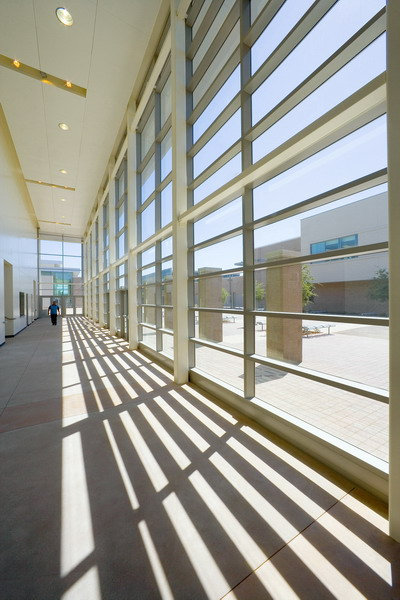Green Schools = Healthy Schools
Tue, May 12, 2009 Dave Gilmore k12 schools, water conservation, healthy schools, School Designers, Green Schools
 When talking about green schools, many wonder what the criteria is that makes a school green. To be green, a school must have abundant natural daylighting, outdoor views, high indoor air quality, good acoustics, and a comfortable temperature.
When talking about green schools, many wonder what the criteria is that makes a school green. To be green, a school must have abundant natural daylighting, outdoor views, high indoor air quality, good acoustics, and a comfortable temperature.
A green school is constructed with sustainable materials, such as steel, significant recycled content, rapidly renewable materials like bamboo and cork, and products from paints to glues that do not "off-gas" the toxic VOCs often found in conventional building materials.
A green school has energy-efficient building systems, particularly its lighting HVAC -- heating, ventilation, air conditioning -- systems. Often, a green school uses natural ventilation that provide fresh air without use of the primary HVAC system which in turn, reduces energy consumption and costs.
An added bonus, green schools are also known for their water conservation. They use significantly less water due to water-efficient plumbing fixtures, drought-tolerant landscaping, and water-conserving irrigations systems (such as drip irrigation).
The planning and design of a green school furthers its energy efficiency and water conservation, reduces the use of natural resources, and lowers negative environmental impact. Green site planning, for example, minimizes grading, which reduces the likelihood of erosion.
Overall, green schools are healthier places to learn, study and work. They have minimal impact on the environment, and they have lower overhead costs compared to conventional schools.